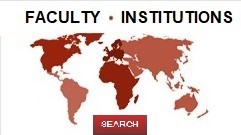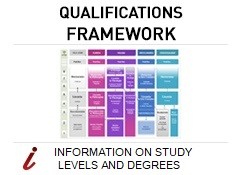The Holy See’s International Relations in Higher Education
The Holy See has a long and well-established diplomatic presence in various domains, as a subject of international law, including the cultural and academic activities at global level.
Regarding the Holy See’s presence at international level in relation to Higher Education, a number of choices have been fundamental such as, for example, the signing of the Council of Europe’s European Cultural Convention in December 1954 (a mandatory requirement in order to be admitted into the Bologna Process as a member country), the signing of the Lisbon Convention in 1997, and the participation in UNESCO’s three regional (i.e. continental) Conventions (Asia-Pacific, Africa, and Latin America) on the recognition of higher studies and academic degrees. These Conventions were signed because the ecclesiastical education system is not just limited to Europe, but is found in all continents. In 2010, the Holy See also joined the newly-created European Higher Education Area (EHEA), together with other 46 countries, and the relevant international bodies in this domain.
This was done for two reasons: on the one hand, to take an active part in the contemporary university world, so that the sciences which draw from the light of the Revelation are not excluded, and their academic-scientific contribution can be considered; on the other hand, to ensure the Catholic Church’s active and proactive presence in the fora where the strategies of increasingly globalized university policies are decided.
Regarding international Conventions and agreements, the Holy See works through the Secretariat of State, whereas the specific competence regarding higher ecclesiastical studies worldwide is entrusted to the Dicastery for Culture and Education, according to the provisions of the Apostolic Constitution Pastor Bonus, Art. 116.





